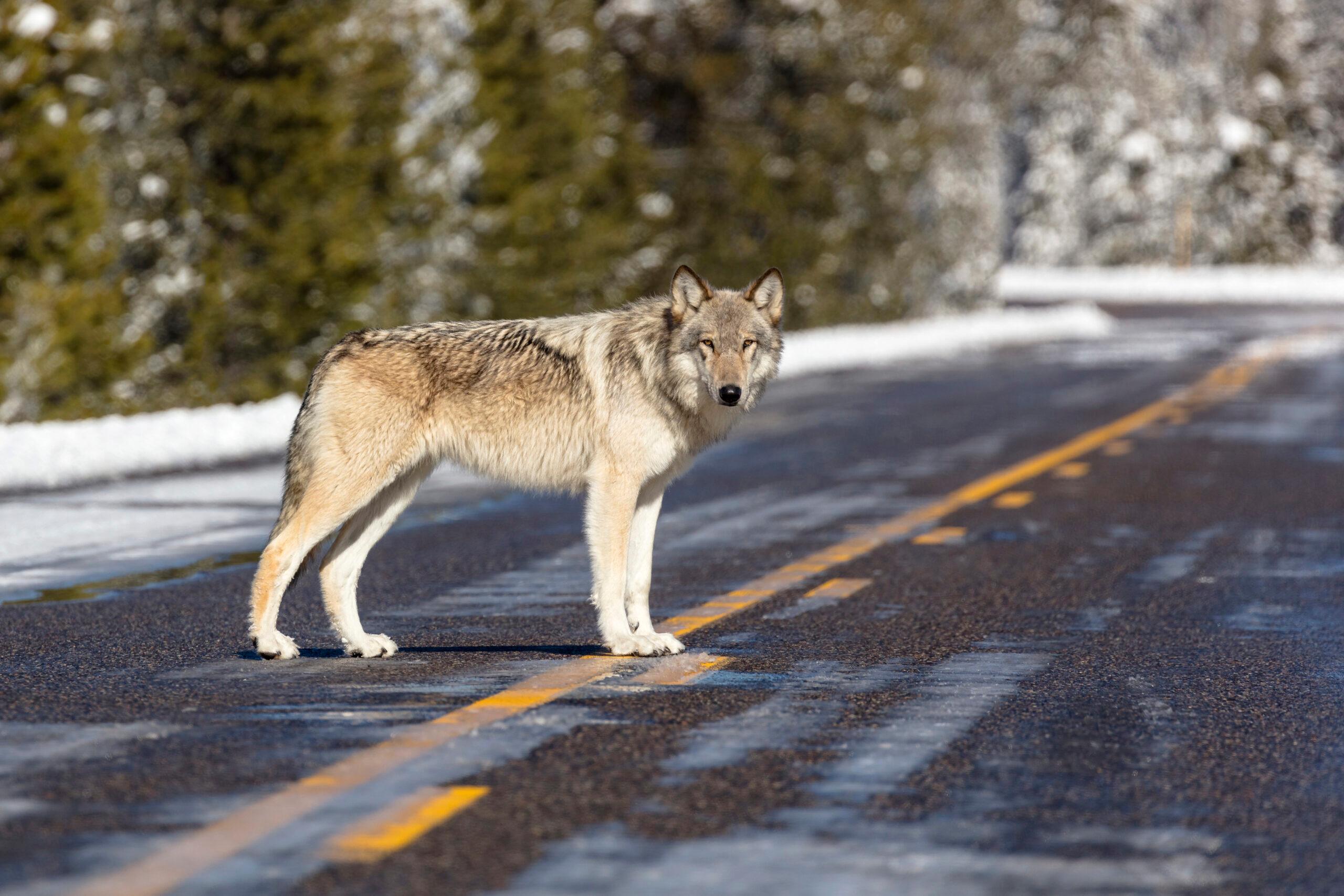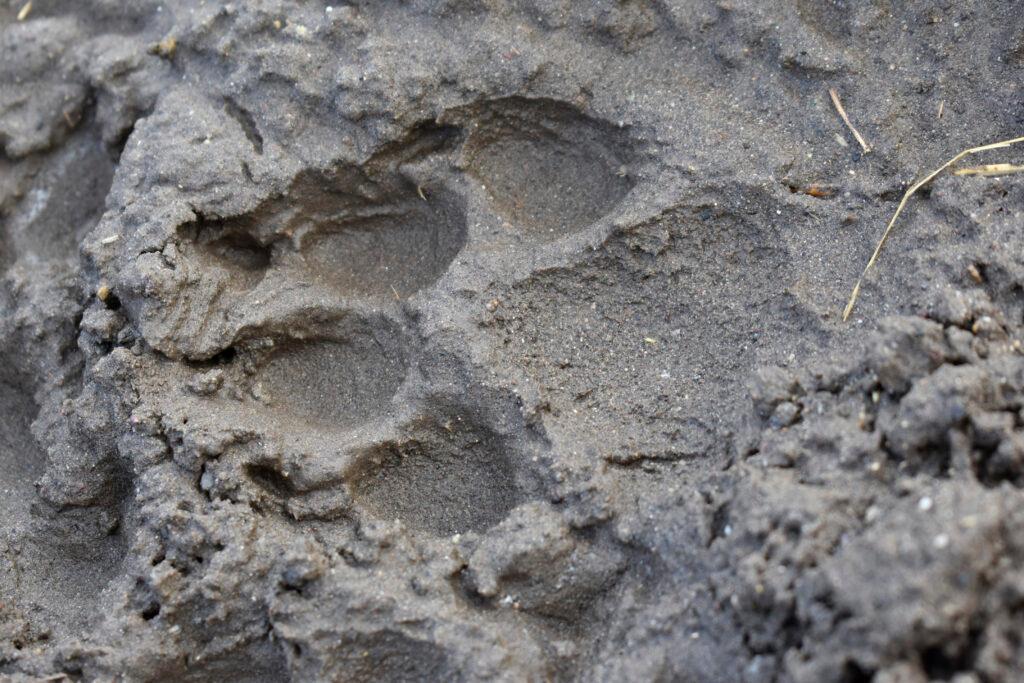
After months of careful planning, Colorado wildlife officials insist they're on track to reintroduce gray wolves by the end of the year, meeting a deadline laid out in a ballot initiative voters narrowly approved in 2020.
There's just one problem: The state hasn't confirmed where it will get the predators.
It's now clear the project will likely import wolves from three potential locations — though it appears that only two could help Colorado acquire the animals in time to meet the Dec. 31 deadline.
Travis Duncan, a spokesperson for Colorado Parks and Wildlife, said the agency is continuing discussions with its counterparts in Oregon and Washington to secure wolves. He added the agency has also sought wolves from a third potential source: the Nez Perce Tribe in Idaho.
A final agreement with the tribe would rebuff Idaho itself, which has flatly refused to cooperate with Colorado due to concerns the predators will kill livestock and compete for game animals across the Rocky Mountain West.
Tribal officials have now confirmed to CPR News they’re considering Colorado’s request. If those plans move ahead, it could mark the beginning of a new political alliance to help gray wolves maintain a foothold in the Rocky Mountain West even as Republican-leaning states — including Idaho — follow through on plans to reduce their populations.
Whether those agreements can come together in the next few months is less clear. Officials in Washington state have said they could supply wolves for Colorado’s broader reintroduction effort over the next few years, but logistical hurdles will prevent it from capturing any animals by the end of the year.
That likely leaves Oregon and the Nez Perce as Colorado’s last hope to meet the deadline. A spokesperson for Gov. Jared Polis said the state is committed to following through on the timeline prescribed by voters and he has been in touch with other governors in the region.
Colorado's race to put 'paws on the ground'
If either jurisdiction follows through, it would be a remarkable turnaround from Colorado’s initial efforts to secure wolves.
In an official reintroduction plan released in May, Colorado Parks and Wildlife called for the release of 30 to 50 wolves on the state's Western Slope over the next three to five years.
It named Idaho, Wyoming and Montana as the best potential sources since the northern Rocky Mountains offer similar landscapes and prey species as Colorado.
Wolf populations have rebounded in the area since the federal government brought the predators back to Yellowstone National Park and central Idaho in the 1990s, leading to a fierce backlash from hunters and ranchers across the region.
Officials in each of those states have made it clear they’re not interested in helping wolves reclaim Colorado.
Wyoming Gov. Mark Gordon was the first to refuse to participate in the project last May, releasing a statement saying wolves could wander back into his state, "once again putting them in danger as they would likely traverse unsuitable areas of potential conflict.” Southern Wyoming is, in fact, a dangerous area for wolves. This week, WyoFile reported that at least one wolf from what is likely the first breeding pack in Colorado in 80 years was killed after crossing the state’s northern border.
Idaho followed Wyoming's lead after Colorado wildlife officials sent an official letter asking for wolves. In a response sent in July 2023, Jim Fredericks, the director of the Idaho Department of Fish and Game, said it couldn't participate due to concerns the "negative impacts of wolves sent to Colorado will not stay in Colorado."

It now appears Montana also won't be lending wolves to the reintroduction effort, either. Greg Lemon, a spokesperson for Montana Fish, Wildlife and Parks, said his state had declined Colorado’s request in order to focus on efforts to manage its own population.
Colorado’s wolf plan lists Oregon and Washington as the next best source for the predators, but it’s unclear if either state can meet the Dec. 31 reintroduction deadline.
Washington, in particular, has already called Colorado’s timeline unrealistic. Julia Smith, the wolf policy lead for the Washington Department of Fish and Wildlife, said her state only captures wolves in January and February when snow makes it easier to spot the animals from aircraft.
"It would make the most sense for us to combine those efforts with our typical aerial capture and survey efforts. And that's what would be best for the wolves involved too, which is our primary concern over arbitrary deadlines," Smith said.
The state’s wildlife commission will make the final decision. While there's no timeline for the process, Smith said any approval would only clear the way for Washington to supply wolves in 2024 and beyond.
That leaves Oregon as the most likely state to help Colorado meet the end-of-year deadline. Michelle Dennehy, a spokesperson for the Oregon Department of Fish and Wildlife, confirmed her office is currently discussing an agreement to supply wolves to Colorado.
Unlike Washington, officials in Oregon could approve the deal without a full vote from its wildlife commission, Dennehy said.
While that could speed up the process, any effort to relocate wolves could face pushback from conservationists worried about Oregon's current population. The state’s latest survey counted 178 wolves in 2022 — only three more individuals than the previous year — leading wildlife groups to decry current efforts to protect the species.
Potential help from the Nez Perce tribe
As other states put up roadblocks to Colorado's reintroduction plan, the Nez Perce Tribe in central Idaho is actively exploring whether it can assist the effort, said Aaron Miles, the tribe’s natural resource manager.
“We are in preliminary discussions with the state of Colorado, but our staff still has a process to work with tribal leadership on a final decision,” Miles said.
The tribe has a history of assisting controversial wolf reintroduction efforts. In 1995, the Idaho state legislature banned its fish and game department from cooperating with federal efforts to release wolves in the state.
The Nez Perce volunteered to assist in its place, becoming the first tribal government to help with the recovery of an endangered species. Those reintroduction efforts helped reseed a wolf population that's since grown to an estimated 1,337 individual animals, according to Idaho's latest count.
Now, Idaho is moving to reduce those numbers by approximately 60 percent. A plan approved by the state's wildlife commission earlier this year would cut the population to about 500 individuals or less by 2028, which supporters say will help minimize livestock conflicts and preserve some struggling elk herds.
Wolf advocates have criticized the biology behind the plan and its aggressive goals to reduce overall wolf numbers. The Nez Perce have also sent a letter expressing their frustration, saying the state violated a 2005 agreement to manage the wolf population in cooperation with the tribe.
Dallas Gudgell, policy and tribal outreach coordinator for the International Wildlife Coexistence Network, said that the tribe's legal status as a sovereign nation gives them the authority to assist with Colorado's reintroduction effort — with or without Idaho's support.
"These are wolves that are sacred to the tribe,” Gudgell said. “It would be great if they could save those wolves from being killed this winter and give them a fighting chance in Colorado.”








